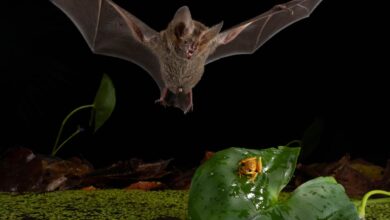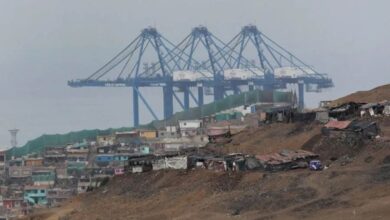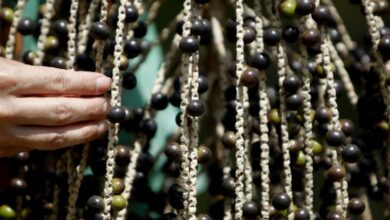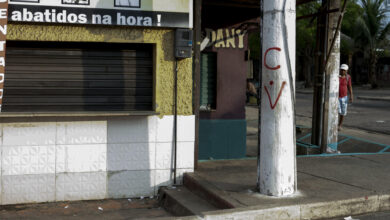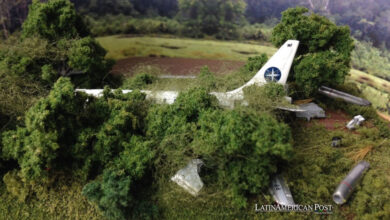Doctors of the Amazon: Heal Teeth, Restore Sight, and Defend the Forest with AI and 3D Printers
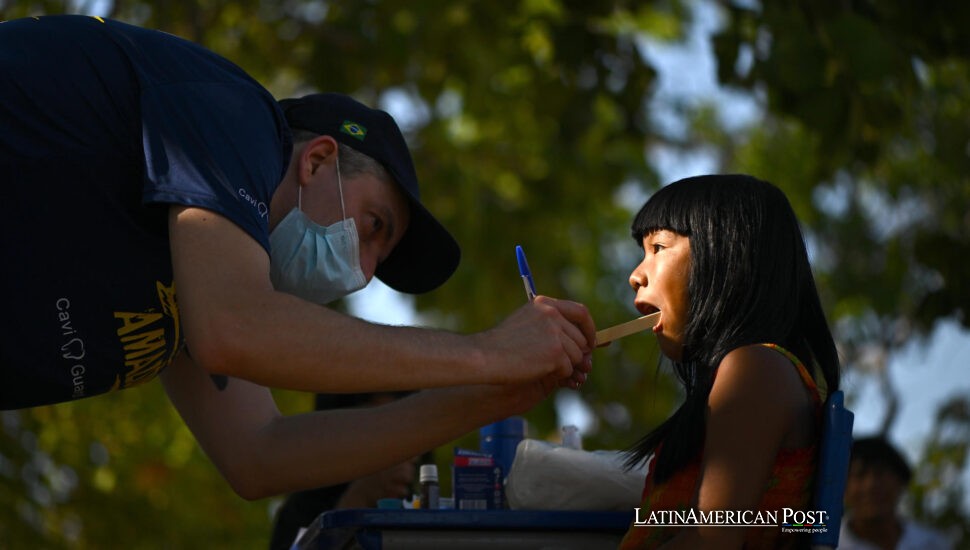
An itinerant brigade of dentists and eye doctors pitched their tents deep in Brazil’s Xingu, treating cavities without anesthesia and fitting glasses in minutes. Their message is simple but urgent: Indigenous health is climate policy. The Amazon can only survive if its guardians do.
A Clinic Under Palm Trees, a Statement to Policymakers
They call themselves the Doctors of the Amazon, a nonprofit that has spent twelve years traveling by boat through the neglected arteries of the world’s largest rainforest. Their route winds through places no paved road reaches, where maps blur into the contours of the river. This month, 32 volunteer dentists and ophthalmologists arrived in Ipavu, a Kamayurá village in the vast Xingu Indigenous Territory. They carried everything they needed—generators, lights, portable chairs, and even a 3D printer—to transform a lagoon-side clearing into a pop-up clinic.
“We want to show the public authorities that in the twenty-first century, quality care is possible in the remotest corners,” founder Caio Machado told the EFE. Machado first saw the need as a dental student in Rondônia, where patients would travel days for the simplest treatment. Now his teams have worked with nearly sixty Indigenous peoples across the basin.
Getting to Ipavu took six hours on dirt roads and another by canoe. When they arrived, the volunteers set up a field hospital beneath a sky so loud with insects it sounded like static. By morning, lines of patients curved toward the tents. Some had waited years to see a dentist or eye doctor. The air smelled of diesel and wet leaves, the scent of a health system that improvises because it must.
Dentistry at River Speed, with AI and 3D Printers
The waiting list was staggering. “Here in the community, 600 people are waiting for care, and without care, we suffer,” village chief Maiaru Kamayurá told the EFE.
The team had come prepared for scale. Their campaign, “Amazonia Without Cavities,” targets a new epidemic: processed sugar. Coca-Cola and packaged cookies have reached even the remotest stores, corroding diets once rooted in cassava, fish, and fruit.
Volunteer dental surgeon Felipe Prandini, 46, arrived with two portable beach chairs, a generator, and a determination to eliminate pain from the process. He utilizes artificial intelligence to expedite diagnosis and a caries-removal agent he developed in the U.S., which requires no needles. “I only need two beach chairs,” he told the EFE. “We did fifty appointments, treated more than 318 cavities in three and a half hours in the morning.“
Inside the tent, the scene is part science fiction, part jungle resilience. A generator hums under 100-degree heat, powering a 3D printer that spits out dental prosthetics while fans push thick air through mesh walls. Plastic bottles become spittoons, headlamps double as surgical lights. It’s field medicine at river speed—improvised, relentless, astonishingly effective.
And it’s not charity. Each tooth filled, each bridge printed, rebuilds something larger than a smile: the capacity for self-defense. Healthy communities don’t migrate. They stay rooted.
Sight Restored, Livelihoods Revived in the Villages of Xingu
If teeth tell one story, eyes tell another. The ophthalmology tent is quieter but just as transformative. Inside, technicians measure vision, cut lenses, and fit glasses within minutes—free of charge, with no waiting list or bureaucracy.
In Xingu, poor eyesight doesn’t just blur words; it blurs survival. Hunters lose precision. Fishers can’t judge distance. Elders who weave baskets or craft ceremonial ornaments lose their livelihoods. One elder, Amanauá Celso Kamayurá, slid on a pair of near-vision glasses and grinned at the clarity of a printed page. “I hope they come back next year,” he told the EFE.
Across the tent, artisans squinted at their beadwork, testing the difference between guesswork and precision. In a few minutes, livelihoods returned. Sight is dignity you can hold in your hands; a molar repaired is a future meal restored.
To outsiders, these may seem small victories. But each one is a defense of territory. People with functioning eyes and teeth can hunt, work, and organize. They can resist the slow violence of neglect that drives displacement. The doctors’ tents are not just clinics—they are outposts in a larger campaign to keep the forest inhabited and alive.
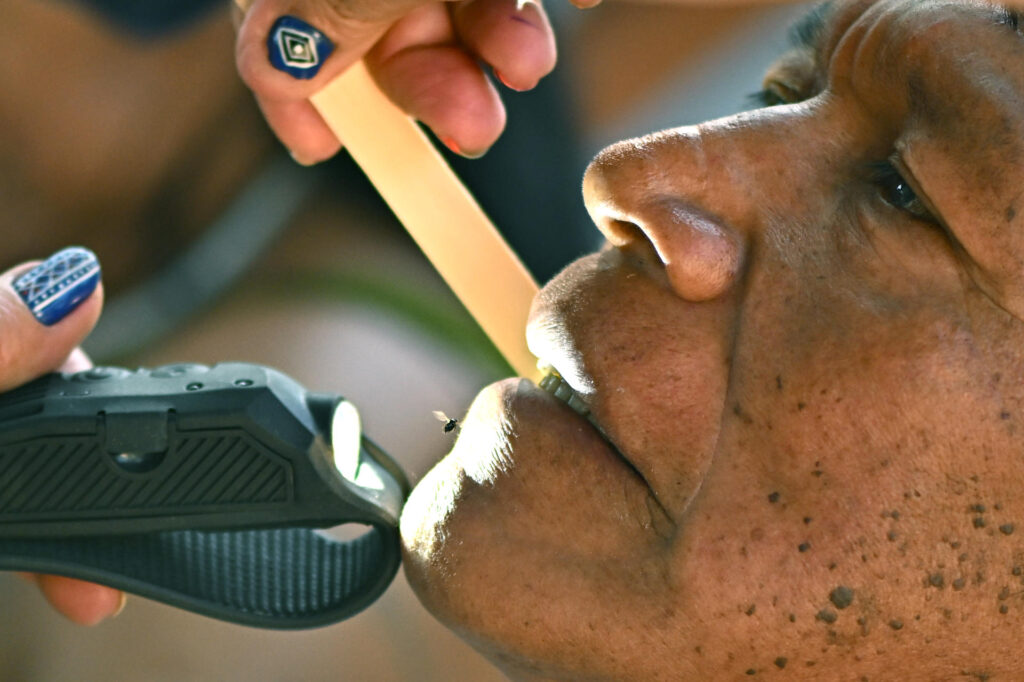
Make Health the First Line of Amazon Conservation
It’s tempting to see all this as noble voluntarism, a feel-good story to balance the bleak headlines about deforestation. But Machado’s argument, repeated like a mantra, reframes the mission entirely. “Without health, there is no forest; without health, original peoples cannot protect their territory,” he told the EFE.
In other words, clinics are a form of climate infrastructure. A sick village relocates to the city; an empty village opens the space for land grabbers, loggers, and miners. Every cavity treated and pair of glasses fitted fortifies the forest’s human firewall.
If policymakers mean what they say ahead of COP30 in Belém, they should fund this work not as charity but as adaptation. Health brigades should count as a carbon policy. The data are tangible: stronger communities, fewer forced migrations, more forests left standing.
That requires practical reforms. First, treat Indigenous healthcare as climate-critical, eligible for adaptation and loss-and-damage funding. Second, stabilize Brazil’s Indigenous health service by providing predictable budgets for supplies, diesel, and salaries for local health workers, ensuring they can remain after volunteers leave. Third, expand what works—solar-powered boats, mobile AI diagnostics, and training pipelines that bring Kamayurá or Yanomami youth into dentistry and ophthalmology. Fourth, make ministries share a map: environment, health, infrastructure, and justice must act together when chiefs like Maiaru say six hundred people are waiting.
Machado knows the limits. “Parachute medicine,” he admits, cannot replace a public system. But it can demonstrate what’s possible and force the state to follow. When a 3D-printed dental bridge arrives in a forest village or an elder threads beads with new glasses, expectations shift. People know what’s achievable; they will not settle for indifference dressed as policy.
At dusk, the tents at Ipavu glow like lanterns against the lagoon. The generator sputters, the 3D printer cools, and a teenage apprentice watches Prandini align a tiny prosthesis. The boy says he wants to study dentistry someday—”but for here, not for the city.”
Also Read: Drones, Dairy, and a Denomination: How Turrialba Is Digitizing Costa Rica’s Countryside
The elders lift their new glasses to the fading light, squinting toward the horizon, and they can finally see again. If COP30 wants a slogan that actually honors the Amazon, it’s written here on the water: fund the stethoscope as you fund the satellite. A healthy forest starts with healthy people. And the future of the planet may well depend on both.

